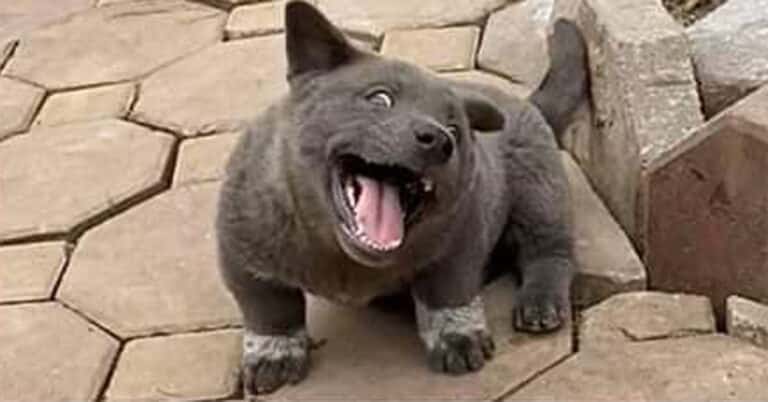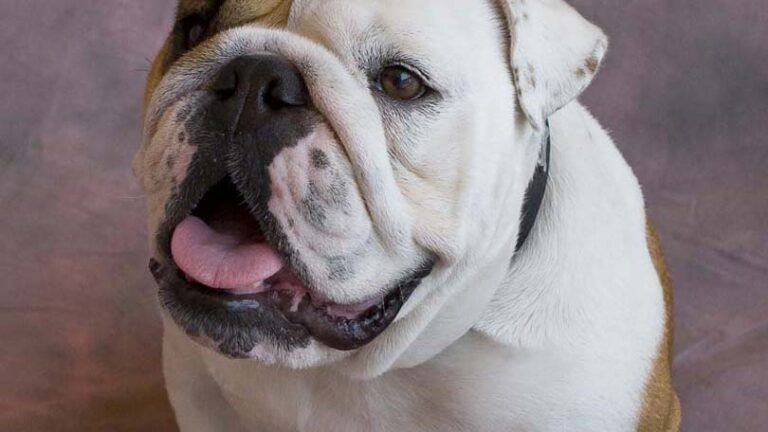Dogs In Mythology
Dogs were probably the first animal domesticated by humans so it’s not surprising that there are a number of dogs found in mythologies around the world. Egypt, Greece, Ireland, and China all have mythological dogs.
In ancient Greece, the god Anubis is depicted as the jackal-headed god of the afterlife. He was the most important god of the dead during the Old Kingdom. Jackals were associated with cemeteries because they were scavengers who could uncover bodies and eat their flesh. Anubis is also sometimes portrayed as a black dog. One of the centers of the cult of Anubis was Cynopolis or the city of dogs. The Greeks and Romans associated Anubis with Sirius in the sky and with Cerberus in Hades.
Dogs are found throughout many Egyptian tombs. Most of the dogs bear a resemblance to some of the sighthound breeds we still have today, such as the Ibizan Hound and the Saluki and the Greyhound — a breed that was probably known in Egypt in ancient times.
In ancient Greece one of the most memorable mythological dogs is Cerberus. Cerberus is the three-headed dog who guards the gates of Hades. The three heads may represent the past, present and future, or birth, youth and old age. Cerberus allows people to enter Hades but doesn’t allow anyone to leave.
Dogs in mythology are also found in Greece in places such as the goddess Diana’s hounds. Diana, called the Huntress, was famous for her hounds. The goddess Hecate, goddess of the crossroads, also kept dogs with her. Some speculate that she may have been a goddess of dogs and dogs were at times sacrificed to her. Hecate is often depicted as a triple goddess and one of her aspects is that of a dog.
The dog Argos is also important in early Greek literature and mythology. Argos was the dog of Odysseus. He belonged to Odysseus as a pup. Odysseus left for the Trojan was and was gone for twenty years (ten years fighting the war and ten years on the return home). Finally, when Argos was twenty years old, Odysseus returned to his home disguised as a beggar to see how things stood. No one recognized him — not his son, not his wife or any of his servants. Only old Argos knew his master. When he saw him he wagged his tail. He gave a final whimper and died. It’s a heartbreaking scene in the Odyssey.
Xanthippus, the father of the great orator and statesman Pericles, is said to have had a dog that swam next to his master’s ship when the Athenians were forced to abandon their city. The dog was later buried beside his master at a place known afterwards as Cynossema — the dog’s grave. Alexander the Great founded a city in honor of his dog Peritas.
The Romans frequently used dogs for sacrifices. Of course, Romulus and Remus, the supposed founders of Rome, were suckled at birth by a wolf.
In ancient Irish mythology there are numerous references to dogs suggesting that dogs held a special place in the early Celtic culture there. The god Nuada, known for his healing powers, had a pack of dogs to help him. The dogs were also magical and could heal people by licking their wounds.
The warrior Cuchulain was known as “the hound of Ulster” due to an event that happened in his youth. As a young boy he was visiting a man who had a fierce hound named Culain. Young Cuchulain (known then as Setanta) killed the dog in self-defense. In remorse, Setanta took the name Cuchulain and vowed to take the place of the man’s dog and defend him and the rest of Ulster for the rest of his life. Afterwards, Cuchulain was also sworn to never eat dog meat (an interesting note in the story — did the Irish eat dog meat prior to this time?). However, the goddess Morrigan tempted him repeatedly to break his vow and so lose his strength and ability to defend Ulster. Ultimately, she tricked him into eating dog meat and Cuchulain was killed.
In Wales, there is another Celtic myth regarding dogs. The god Bran has a pack of magical hounds that are white with red ears. They appear to help him during his hunts. Throughout Celtic Britain there are still traces of mythological dogs such as the Grim — large, unearthly black dogs such as the dog described in the Sherlock Holmes story The Hound of the Baskervilles.
Dogs in mythology are also found in Norway. In Norse mythology the world of the dead is overseen by Garm. On the day of the final battle at the end of the world, Garm will supposedly swallow the moon. Garm, a monstrous dog, will do battle with the god Tyr and they will both die.
In China the Fu or Foo Dog is a recurring theme. These are guardians that look like a cross between lions and dogs. The statues are often found today in front of buildings. Several breeds of dogs are referred to as “Foo Dogs” such as the Pekingese and the Chow Chow. They were believed to have strong protective powers and to bring happiness. Perhaps it’s understandable that China should have a positive depiction of dogs since dogs may have been first domesticated there thousands of years ago.
In Hinduism and Buddhism there are two dogs which accompany Yama, the lord of the dead. These dogs each have four eyes. The dogs serve Yama by looking out for those who are about to die.
In the Americas, in Aztec mythology, the departed soul descends to the underworld after death and comes to a river guarded by a yellow dog. The canine deity Xotol is associated with death.
It seems that wherever there are people and there have been dogs in mythology. Most of the mythology seems to have been positive but some has been negative. In some cases dogs are associated with death. The association seems to come from the fact that dogs will scavenge and eat dead bodies if the bodies are not burned or buried. In cultures where cremation was common or placed in cairns, such as with the Celts, there was no association of dogs with death. In areas where bodies were buried, dogs were sometimes associated with death. Many cultures focused more on the dog’s hunting and healing abilities in mythology.

Having discovered a fondness for insects while pursuing her degree in Biology, Randi Jones was quite bugged to know that people usually dismissed these little creatures as “creepy-crawlies”.







